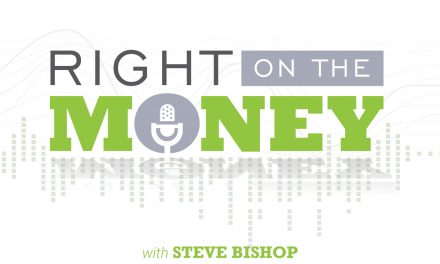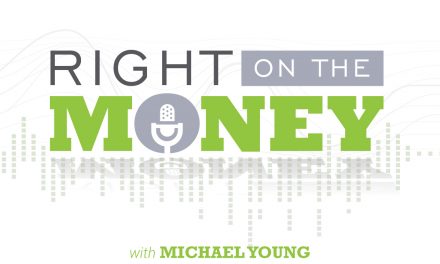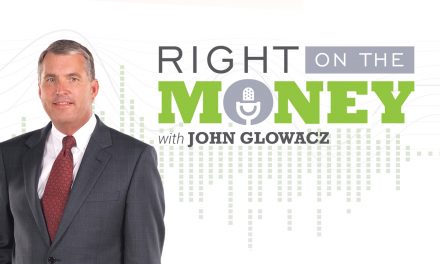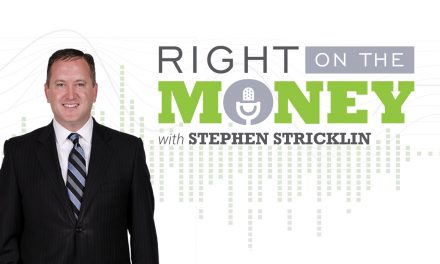Stretch IRAs Can Accomplish Double Duty for Your Retirement & Beneficiaries
Individual Retirement Accounts (IRAs) have been around for more than 40 years through the Employee Retirement Income Security Act or ERISA. It’s a tax-deductible contribution plan that accumulates tax-deferred and is generally used for taxable retirement income. But there may be additional tax-advantaged distribution options that may benefit retirees as well as their beneficiaries.
Content: IRAs accumulate tax-deferred, but not forever. Mandatory distributions come in to play at age 70½, where required minimum distributions (RMDs) or withdrawals are generated based on the Uniform Lifetime Table. Uncle Sam wants his due in taxes and RMDs are his way of extracting those taxes from your retirement plan.
If distributions aren’t large enough, or if distributions are not made at all, a penalty tax of 50 percent of the amount that should have been distributed is generally assessed. So it’s not a piece of the ERISA law to take lightly. Engaging a financial advisor familiar with RMDs should be able to guide you through the process. Watch the interview with financial planner and IRA specialist, Frank Oliver, as he lays out the basics of IRAs during the distribution period of retirement.
Some retirees don’t need extra income or they simply wish to leave a legacy to their beneficiaries in an income tax-efficient manner. There is a retirement tactic termed “Stretch IRA” which refers to an asset transfer strategy that can extend the deferral period allowing the assets in the IRA (not subject to RMDs) to continue to grow tax-deferred. Combining the relatively new Qualified Longevity Annuity Contracts (QLACs) with a Stretch IRA can be a significant strategy for retirement income and assets transfer to the next generation. Like all tactical planning, there are potential advantages and disadvantages of stretching or extending your IRA.
Advantages: For beneficiaries, there’s the possibility of lifetime income. Spreading the withdrawals over a period of years rather than inheriting a lump sum could potentially reduce the ordinary income tax liability. Any unused portion of the IRA continues to grow tax-deferred, which has the potential for increased growth.
Some of the disadvantages: the beneficiaries could die before their life expectancy. Tax laws could change and have a negative impact on the IRA owner. And, unless you’re funding your IRA with a single premium immediate or deferred income annuity with an annual cost of living increase, the investment may suffer losses and/or inflation may reduce the purchasing power of your retirement dollars.
A financial advisor with an understanding of Stretch IRAs can dramatically enhance your IRA with economic leverage from one generation to another.
Nationally syndicated financial columnist and talk show host Steve Savant interviews financial planner and IRA expert Frank Oliver on maximizing your retirement dollar. Right on the Money is a weekly financial talk show as a daily video press release Monday through Friday. (www.rightonthemoneyshow.com)





